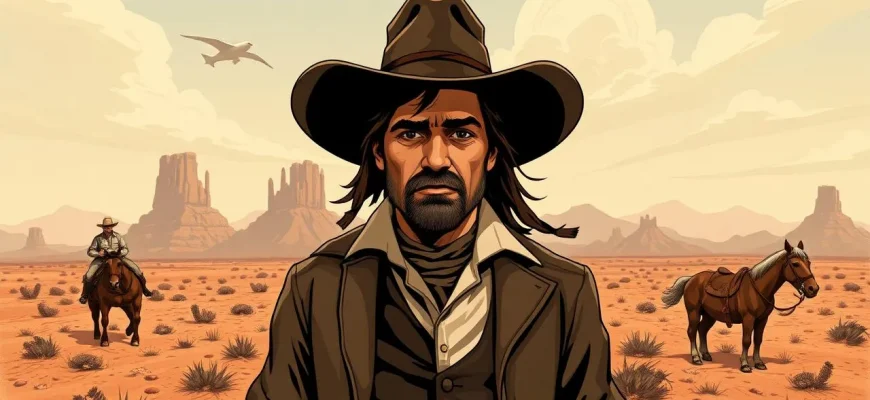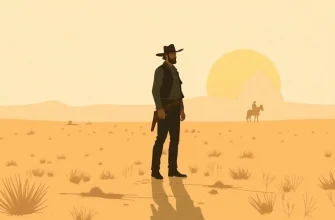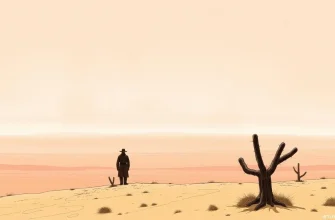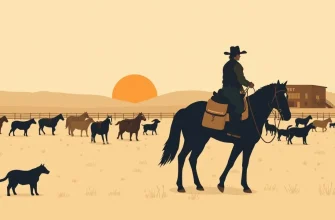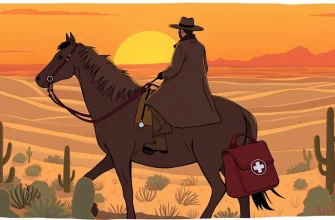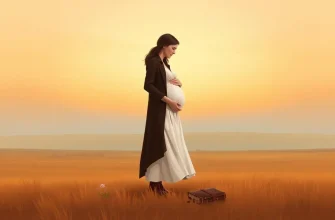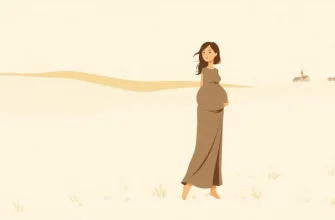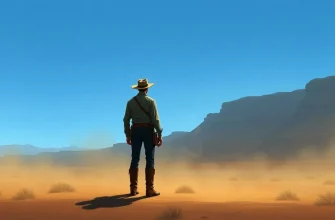- High Noon (1952)
- The Searchers (1956)
- The Man Who Shot Liberty Valance (1962)
- The Shooting (1966)
- Pat Garrett and Billy the Kid (1973)
- The Missouri Breaks (1976)
- The Outlaw Josey Wales (1976)
- The Long Riders (1980)
- The Assassination of Jesse James by the Coward Robert Ford (2007)
- The Great Northfield Minnesota Raid (1972)
The Wild West, with its rugged landscapes and lawless frontiers, provides the perfect backdrop for stories of identity crisis and psychological turmoil. This curated list of Western films delves into the theme of split personalities, where characters are torn between two worlds or identities, creating a rich tapestry of drama, action, and introspection. These films not only entertain but also challenge viewers to consider the complexity of human nature within the iconic setting of the American West.
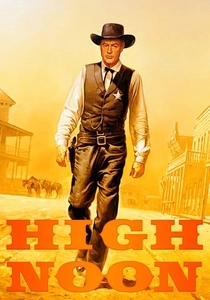
High Noon (1952)
Description: Marshal Will Kane, portrayed by Gary Cooper, faces a moral dilemma as he contemplates whether to stay and fight or flee with his new wife, showcasing a battle between duty and personal desire.
Fact: The film was shot in real-time, with the entire story unfolding in the span of 85 minutes, mirroring the actual time on screen.
 Watch Now
Watch Now 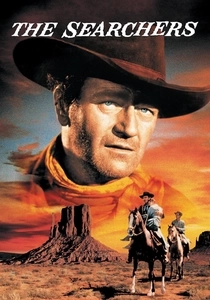
The Searchers (1956)
Description: Ethan Edwards, played by John Wayne, is a man driven by revenge but also haunted by his past, showing signs of a dual personality as he searches for his niece amidst his internal conflicts.
Fact: The film was initially considered controversial due to its portrayal of Native Americans. It was also one of the first films to explore the psychological depth of its characters.
 Watch Now
Watch Now 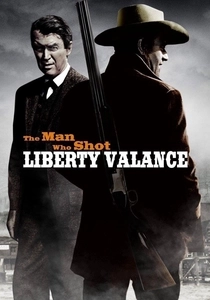
The Man Who Shot Liberty Valance (1962)
Description: Senator Stoddard's (James Stewart) story of how he became known as the man who shot Liberty Valance reveals a hidden truth about his identity and the myth of the West.
Fact: The film is famous for the line, "When the legend becomes fact, print the legend," which encapsulates the theme of identity and myth-making.
 Watch Now
Watch Now 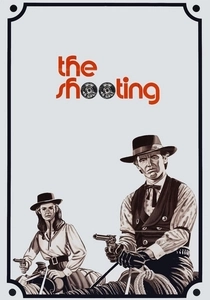
The Shooting (1966)
Description: A mysterious woman hires two men to guide her through the desert, revealing layers of her identity and motives, hinting at a split personality.
Fact: Directed by Monte Hellman, this film is known for its minimalist approach and existential themes.
 Watch Now
Watch Now 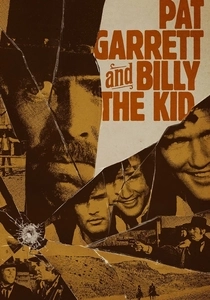
Pat Garrett and Billy the Kid (1973)
Description: This film explores the complex relationship between Pat Garrett and Billy the Kid, where Garrett's shift from outlaw to lawman represents a split in his identity.
Fact: Bob Dylan not only provided the soundtrack but also appeared in the film, adding a unique layer to its storytelling.
 Watch Now
Watch Now 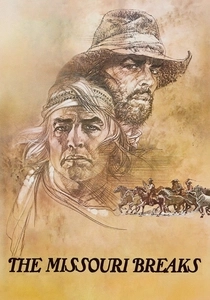
The Missouri Breaks (1976)
Description: The film features Tom Logan (Jack Nicholson) whose identity shifts from a simple horse thief to a man on the run, showcasing the duality of his character.
Fact: This was one of the last films Marlon Brando starred in, delivering an eccentric performance as Robert E. Lee Clayton.
 Watch Now
Watch Now 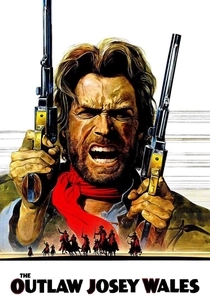
The Outlaw Josey Wales (1976)
Description: Josey Wales, portrayed by Clint Eastwood, is a man who transforms from a peaceful farmer to a ruthless outlaw, embodying the theme of a split personality through his journey.
Fact: The film was initially met with criticism for its portrayal of Native Americans, but it has since been reevaluated for its nuanced characters.
 Watch Now
Watch Now 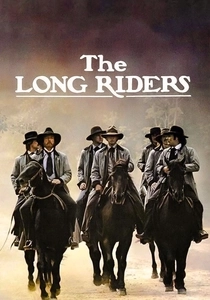
The Long Riders (1980)
Description: The film portrays the James-Younger Gang, where each brother's identity is tested by their loyalty to family versus their outlaw life.
Fact: Real-life brothers played the outlaws, adding authenticity to the portrayal of familial bonds.
 Watch Now
Watch Now 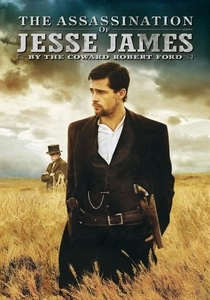
The Assassination of Jesse James by the Coward Robert Ford (2007)
Description: Robert Ford's obsession with Jesse James leads to a complex interplay of hero worship and betrayal, showcasing his split identity.
Fact: The film's title is one of the longest in cinema history, reflecting the complex narrative of identity and fame.
 Watch Now
Watch Now 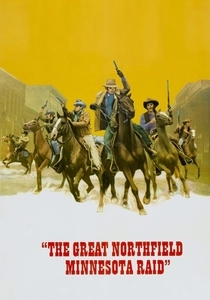
The Great Northfield Minnesota Raid (1972)
Description: The film explores the James-Younger Gang's attempt at a bank robbery, where Cole Younger's (Cliff Robertson) internal conflict between loyalty and morality is central.
Fact: The film was one of the first to depict the James-Younger Gang in a less romanticized light, focusing on their human flaws.
 30 Days Free
30 Days Free 
